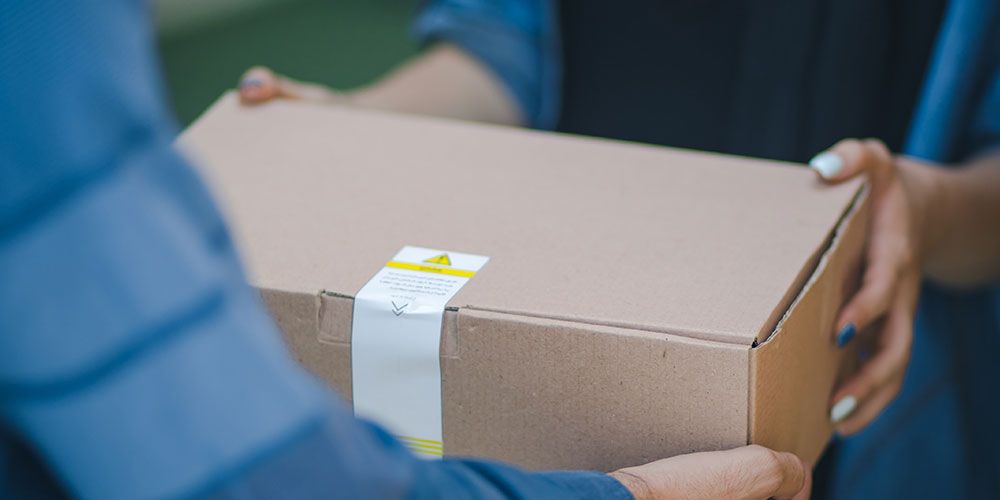In today’s digital world, eCommerce has given rise to the number of brands selling online and customers buying online. Packaging is more than just a means to get your product from point A to B. For brands, packaging has now become the only physical way in which they can interact with customers.
Here, we’ll share some best practices on how to package your eCommerce products and make an impactful first impression with your customers.
Step 1 - Get Inspired
Sometimes, working on a blank canvas can be challenging. Take a look at the packaging of some of your favorite brands and see which parts you like. Whether it be the design or product placement, keep those in mind for your packaging. You can also look at companies that sell a similar product to yours to get some more inspiration. Use some of these examples as a foundation to your packaging and create something that is unique to your brand.
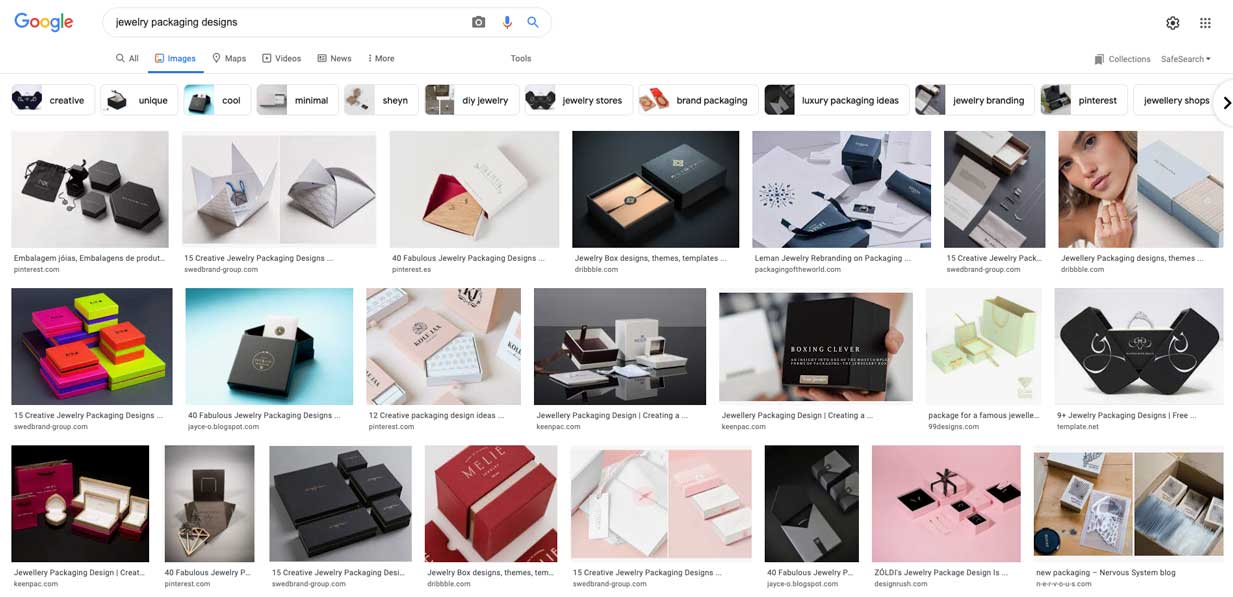
Pro tip: use Google Images to get inspired and see examples. You can also check out our packaging showcase page for some additional inspiration.
Step 2 - Decide on your packaging type(s)
Narrow down on the type of packaging you’d like to have for your eCommerce products.
1 - External packaging for your products
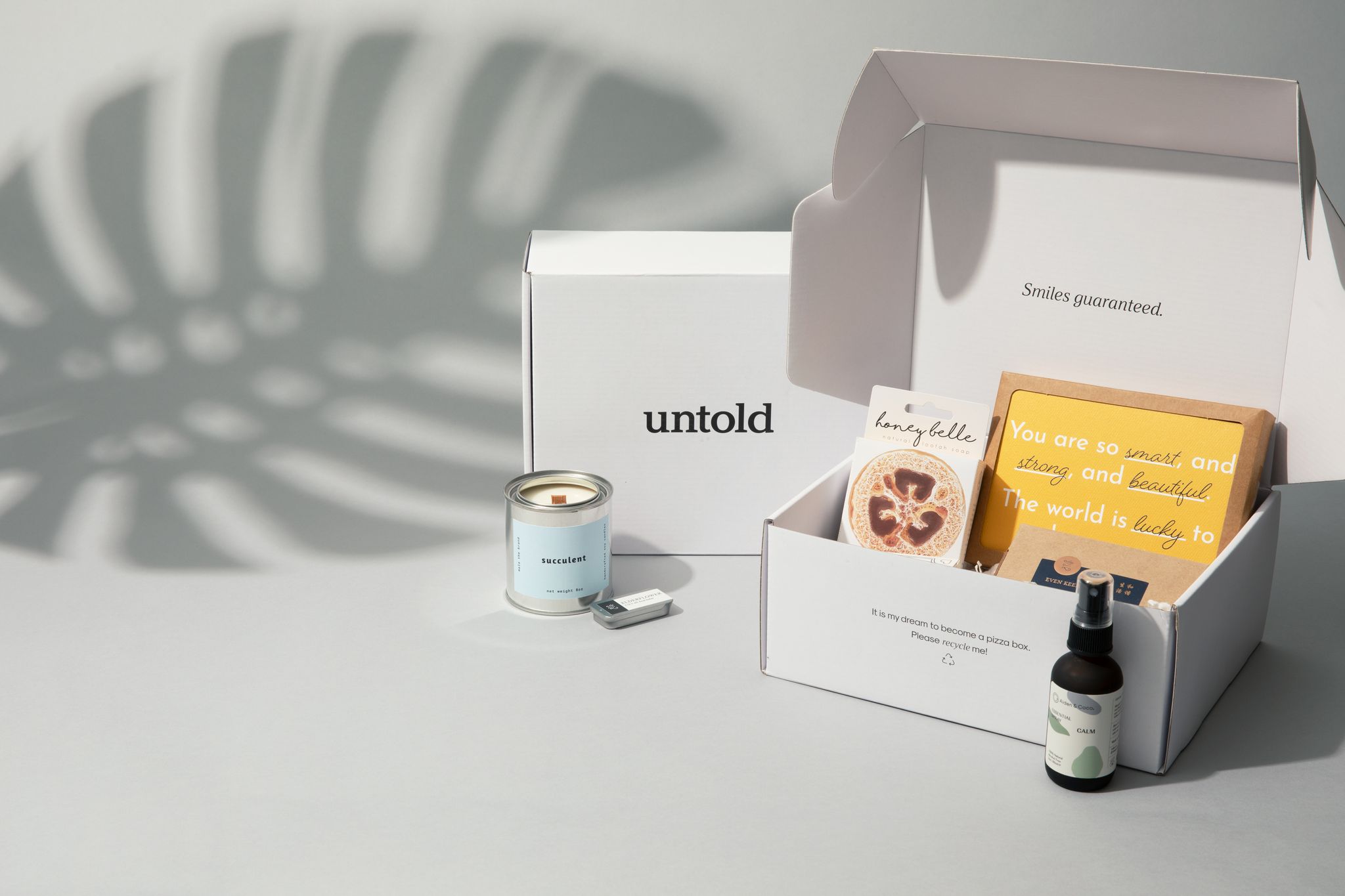
Corrugated mailer boxes are perfect for eCommerce shipping and subscription box products. For example, if you sell a set of beauty products and want them to be packaged in one box, mailer boxes are perfect for that as you can package and ship your products out - all in one box. Mailer boxes are similar to pizza boxes in how they open, and provide the sturdiness and strength to ensure your box isn’t crushed during delivery.
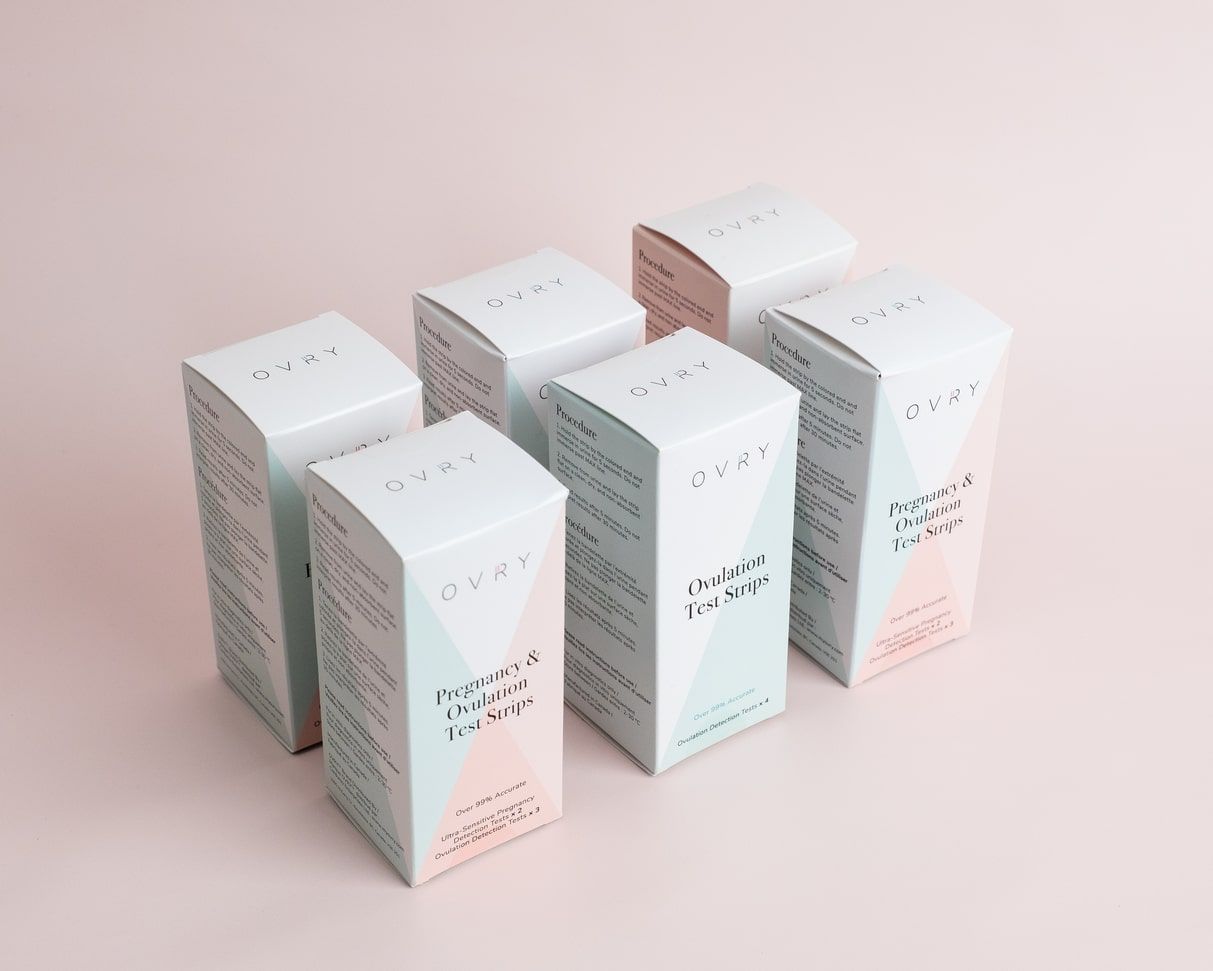
Folding carton boxes, or product boxes, are ideal for smaller and lightweight items. For example, if you’re selling coffee capsules, food products, or candles, these boxes are ideal.
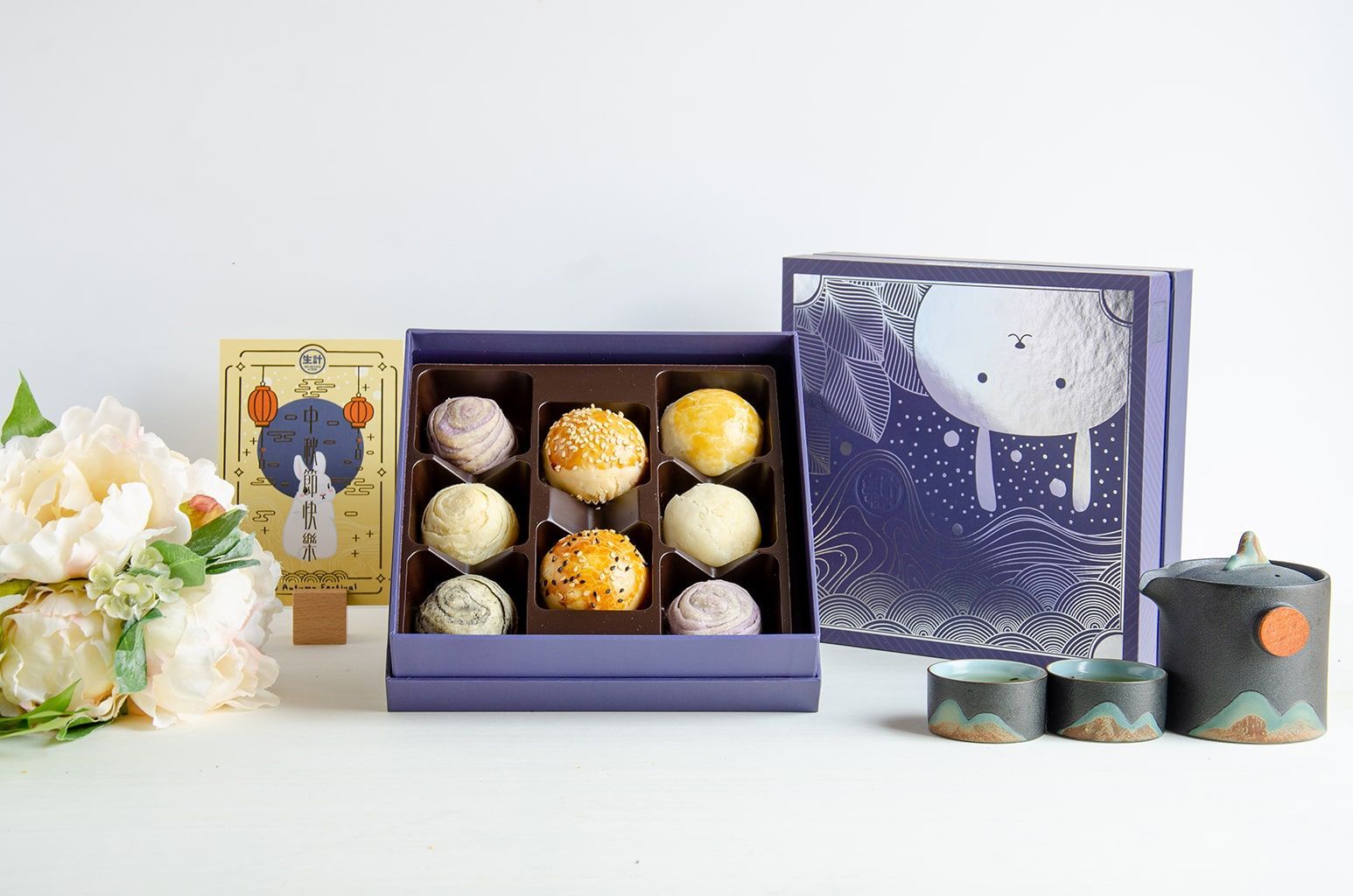
For more premium packaging, consider using two piece rigid boxes or magnetic closure boxes for something even more luxurious. These types of boxes are a great companion to high-end products such as jewelry or technology. However, note that it's also generally more expensive to ship from a supplier to you (or your warehouse) because they cannot be flattened.
2 - Internal packaging for your products
Consider using void fillers, such as tissue paper or kraft paper, to fill in the empty space in your box to prevent your product(s) from shifting around too much during transit. Another option to consider is bubble wrap or foam, but they aren’t as eco-friendly.
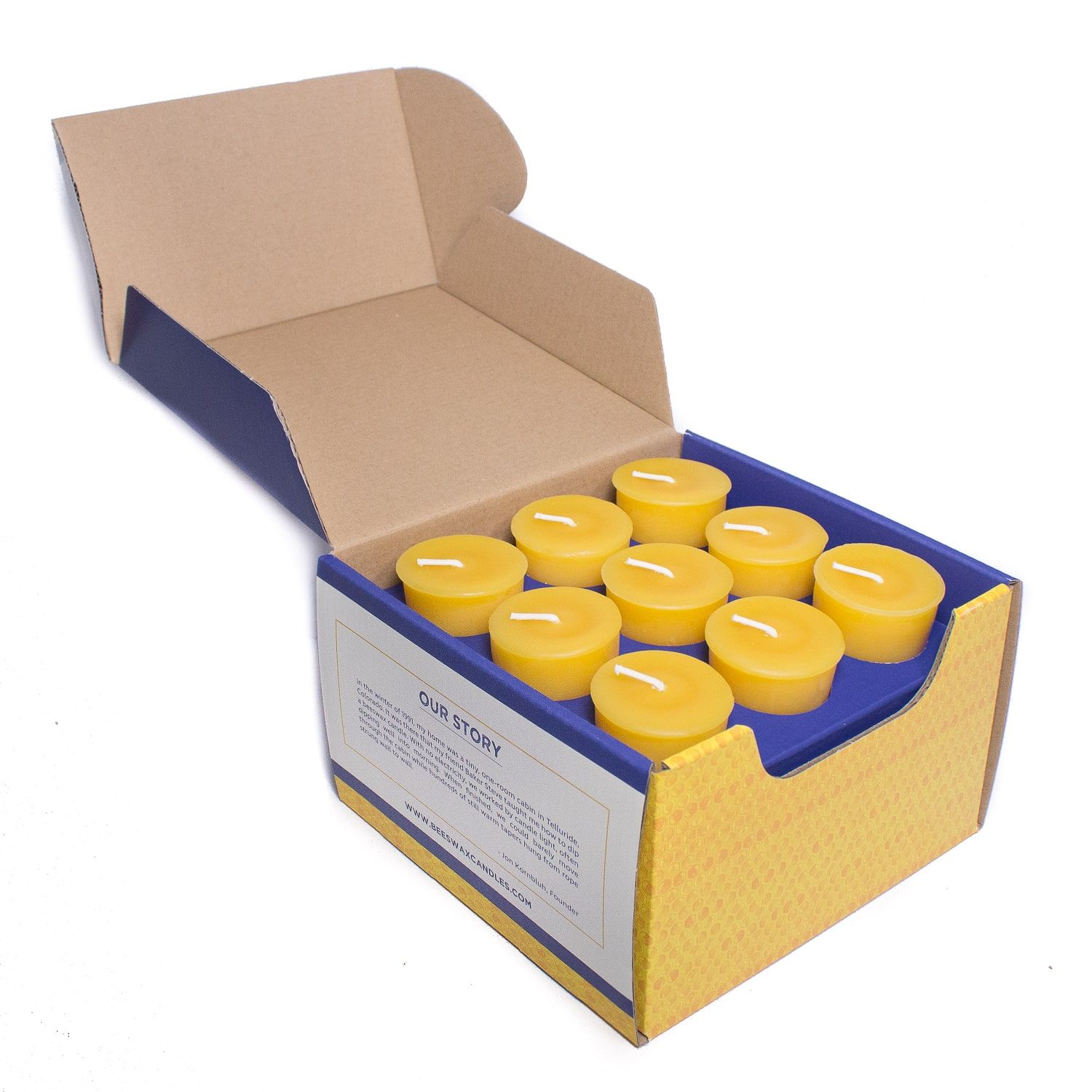
If you have multiple products as part of a set, consider using custom box inserts, which will allow you to present your products nicely and keep them from shifting around. Paper based inserts are the most cost effective option and can be printed on, while foam inserts are more expensive and are better suited for fragile products.
3 - External packaging for shipping
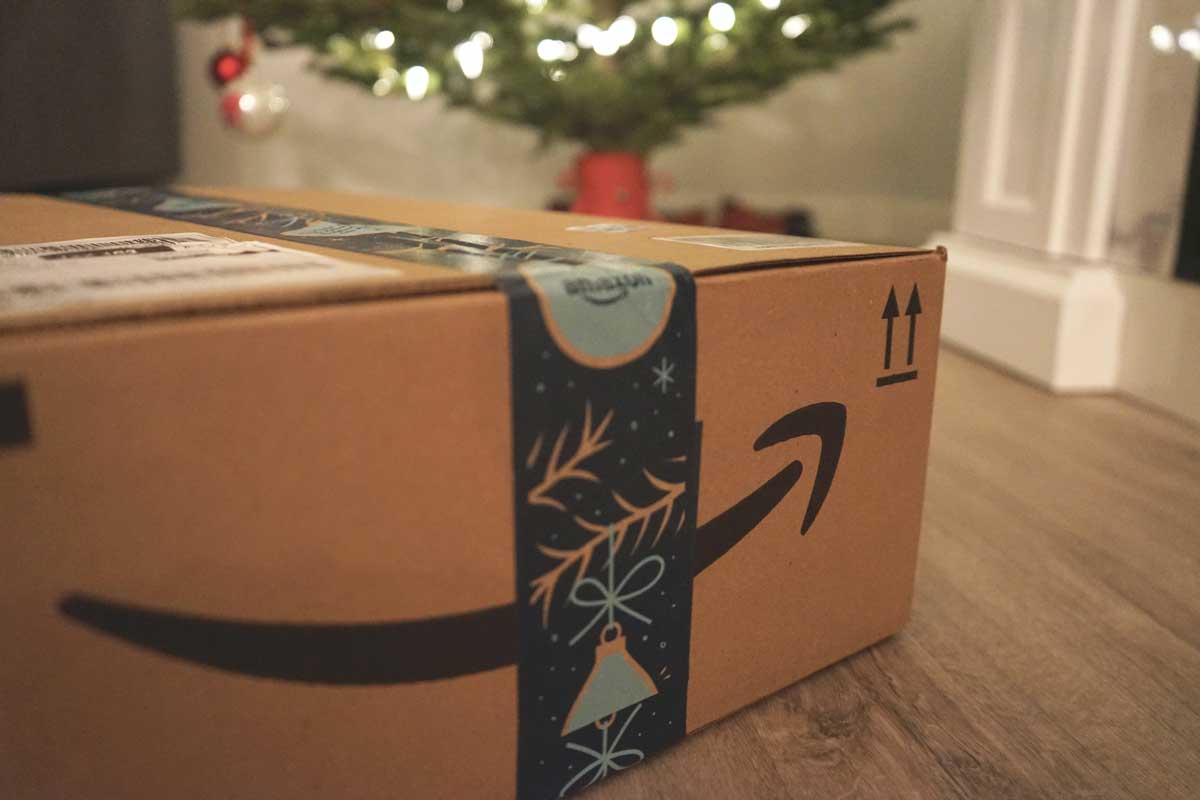
Now it’s time to think about how you want to package and ship your products out. One important factor to keep is mind is that you’ll need to put your address, your customer’s address, and any customs labels onto the external packaging for shipping. Here are some considerations for shipping boxes:
- Don’t want additional packaging? Use a corrugated mailer box not only to store your products but also for shipping!
- Want an additional box? You could use a shipping box or corrugated mailer box for a box-in-box packaging method. This way, all sender and customs labels are on the external box, and the boxes inside are completely protected.
- Not looking for an external box? Depending on the weight and fragility of your products, you can also consider using envelopes, wrapping paper, or poly mailer bags.
Remember, the external packaging for shipping should first and foremost protect your products inside. It doesn't need to be the prettiest, as it'll be the box that will go through the wears and tears of shipping.
Step 3 - Weigh, measure and decide on placement
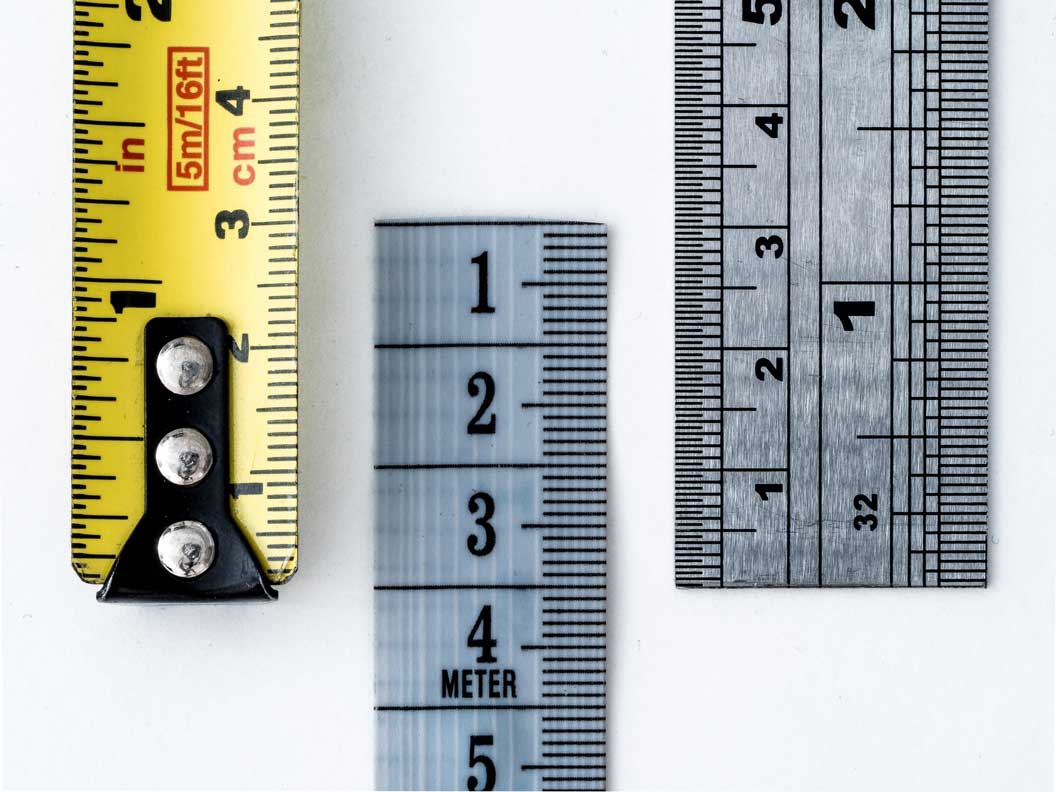
Now it’s time to get the specifications for your packaging.
Get a scale and weigh your products. Some suppliers may ask this in order to determine the best packaging type and materials to be used, as it's important to ensure your packaging sustains the weight of your products. The weight of your product is also good to know because it’ll affect your shipping costs to customers.
Measure the length, width, and height of your product(s). Nobody wants packaging that’s too big where your product shifts all over the place, or too small where your product doesn’t even fit.
Determine how you want your product(s) to be placed inside your packaging.
- Will it be standing upright?
- Will it be laid down vertically?
- Will they be stacked together?
Remember that how you place your product is what the unboxing experience will be for your customers.
Based on the size and placement of your product(s), now you can determine the type and size of your packaging. Your packaging should be slightly larger than your product(s) - we’d recommend a buffer of 0.5 inches (1.27cm) just to be safe. However, this will depend on how tight you want your products packed. When you communicate your packaging size to suppliers, do remember to state the type of packaging (e.g. mailer box) and all dimensions of the box (length, width, and height). Your supplier may have a specific way to denote which sides refer to length, width, and height (like this), so please check with them beforehand.
Step 4 - Design your packaging
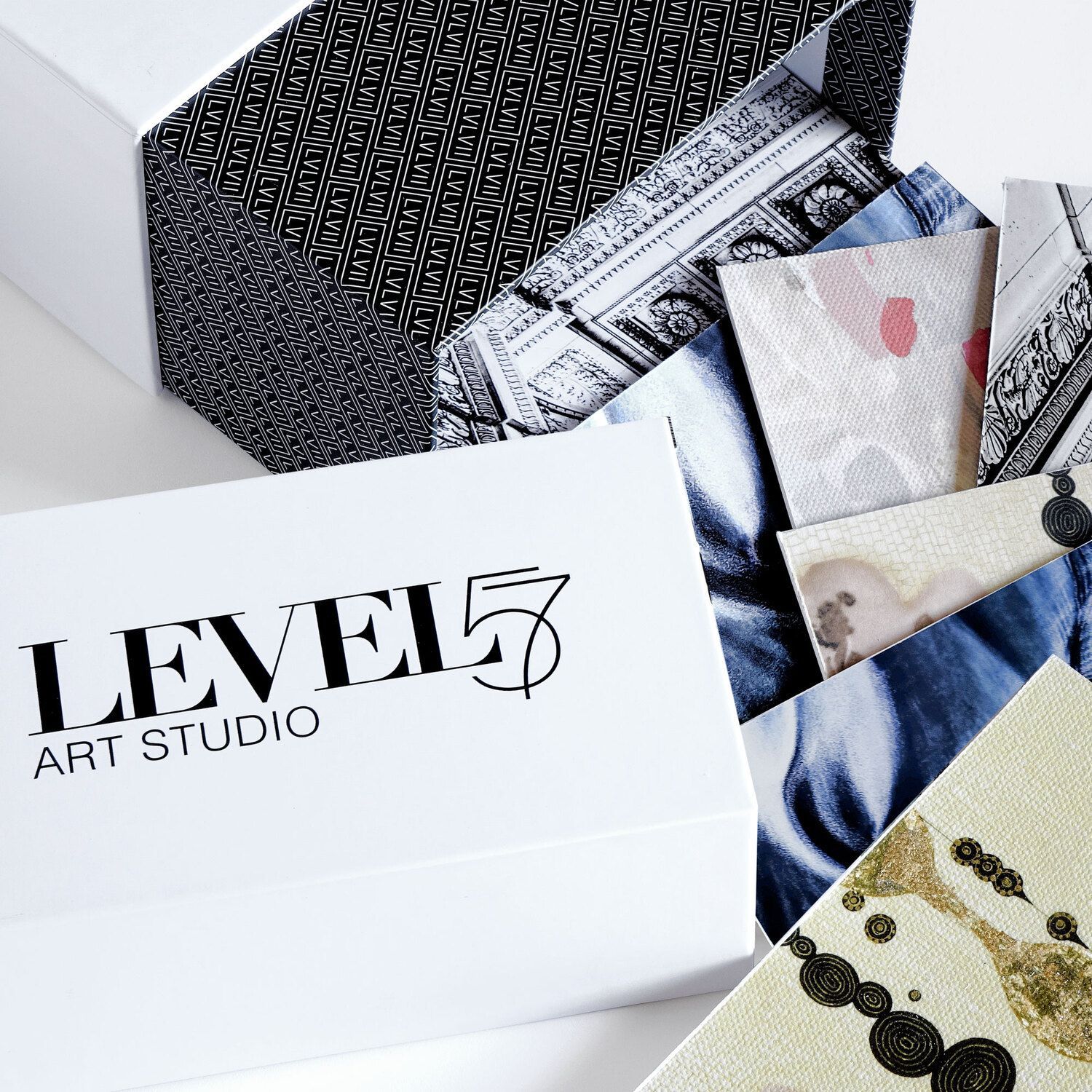
Your packaging design is what will grab your customers’ attention. The box, or however you choose to package your products, is a storyboard for you to tell your story and share your values. Here are some things to consider:
- What’s the first impression you want to make with your packaging? You can opt for a minimalist design with just a simple logo and name of your product. For food products, you may want to add a list of ingredients. The possibilities are endless.
- What unboxing experience do you want to give? When your customers open up their box, what will they see inside? Consider adding branding to the inside of your box, or even include a handwritten note.
Here are a collection of blog posts we've put together talking about packaging design, and here are some examples of packaging designs created by our clients.
--
About PackMojo
We make it easy for businesses to get affordable, high quality, custom packaging. Through our platform, you can get instant prices, order in low volume starting from just 30 boxes, and have your packaging orders delivered anywhere in the world. We work with a network of trusted and vetted suppliers across the world to manage this supply chain so that you can focus on growing your business.
